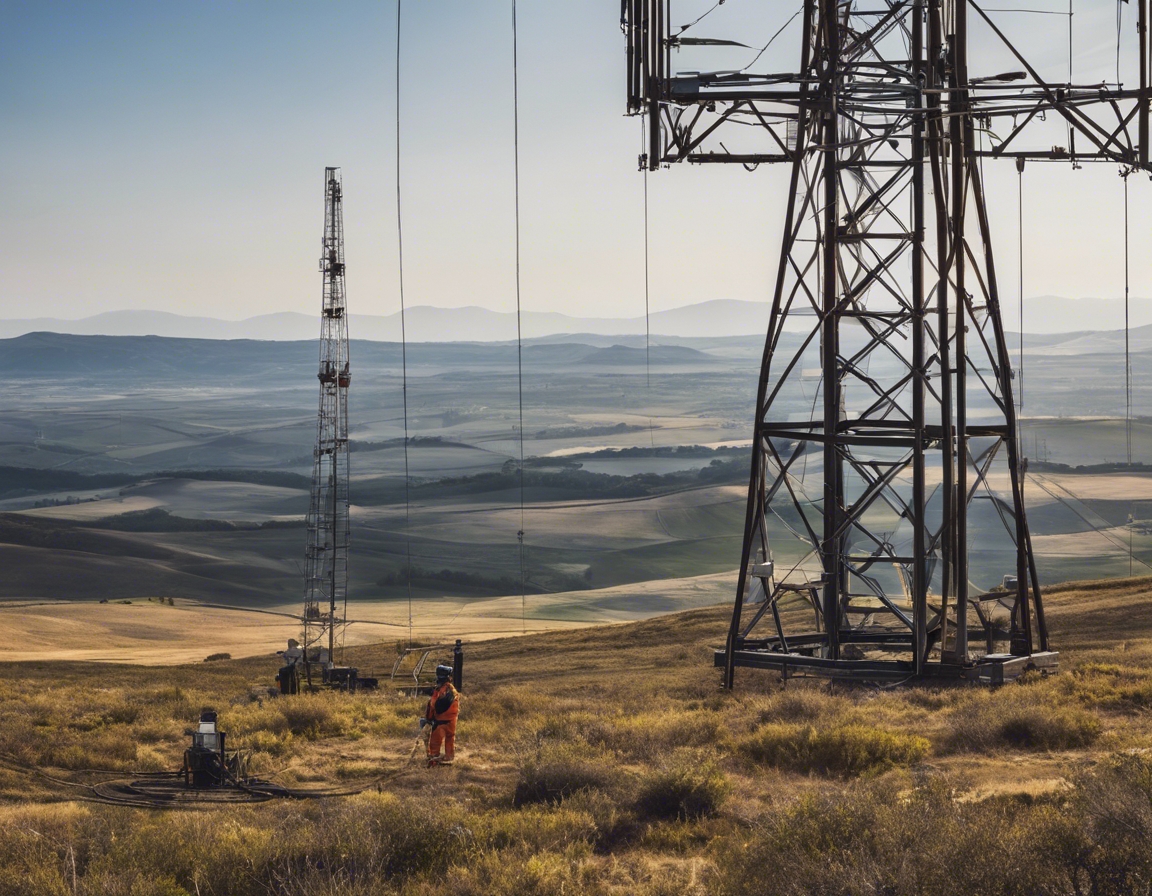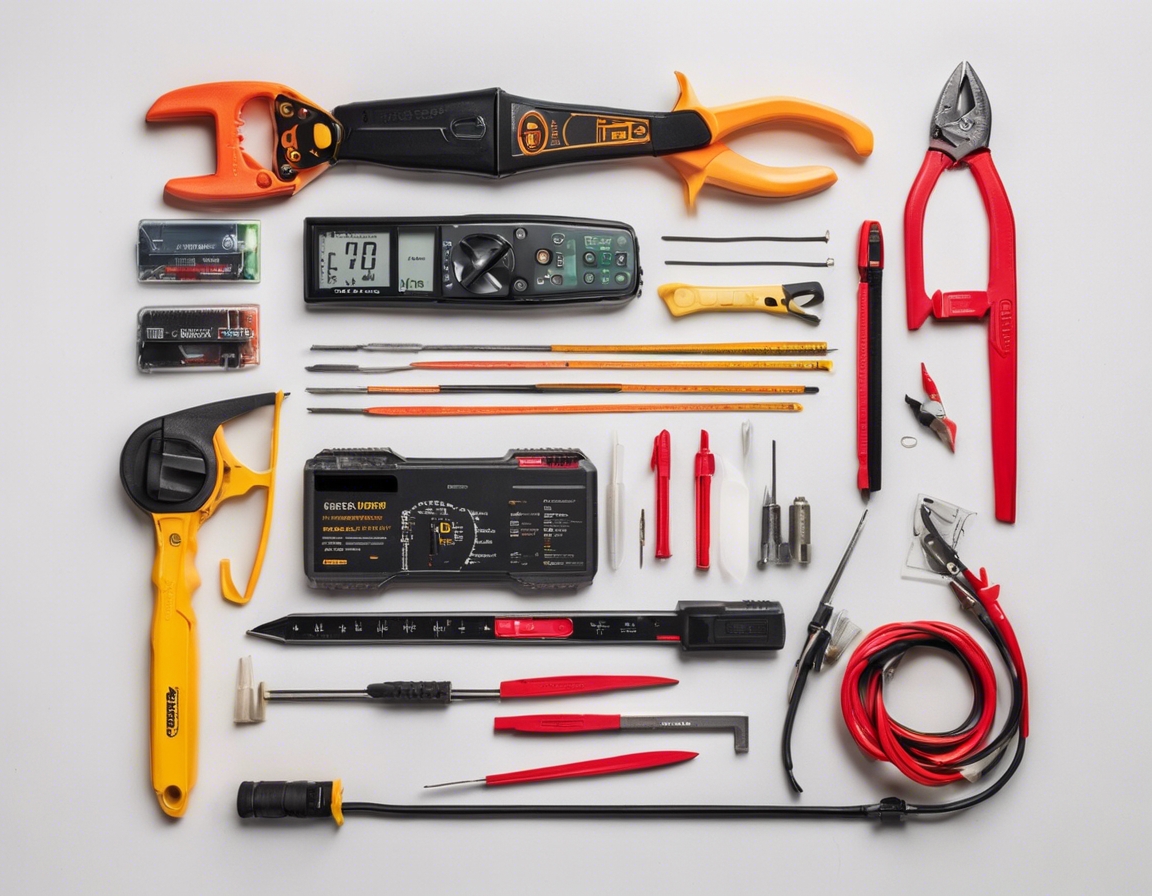Sustainable electrical solutions for eco-friendly construction
The construction industry is at a pivotal point where sustainability is no longer a choice but a necessity. With the increasing awareness of environmental issues and the urgent need to reduce carbon footprints, eco-friendly construction practices have become imperative. Electrical systems, being a significant component of the built environment, play a crucial role in the sustainability of construction projects.
Electrical systems are integral to the functionality of any building, but they also have a substantial impact on energy consumption and efficiency. Sustainable electrical solutions are designed to minimize environmental impact while maximizing energy efficiency and resource conservation.
Key Components of Sustainable Electrical Systems
Advancements in lighting technology, such as LED and OLED, have revolutionized the way we use light. These solutions not only consume less energy but also have a longer lifespan, reducing waste and maintenance costs.
Incorporating renewable energy sources like solar, wind, and hydroelectric power into electrical systems is a cornerstone of sustainable construction. These sources reduce reliance on fossil fuels and contribute to a more resilient and sustainable energy grid.
Smart grids and energy management systems allow for real-time monitoring and control of energy usage. They enable buildings to be more responsive to energy demands and to optimize consumption for both efficiency and cost savings.
Selecting materials with a lower environmental impact, such as recycled or recyclable components, and reducing the use of hazardous substances in electrical installations, are essential steps towards sustainable construction.
Designing for Efficiency and Sustainability
Conducting energy audits and adhering to sustainable design principles from the outset of a project can significantly influence the electrical system's efficiency. These practices ensure that the system is tailored to the specific needs of the building and its occupants.
Emerging technologies, such as the Internet of Things (IoT) and advanced building automation systems, are reshaping the future of electrical design. These technologies provide enhanced control over electrical systems and contribute to the overall sustainability of construction projects.
Compliance with recognized green building standards, such as LEED or BREEAM, is critical for ensuring that electrical solutions meet the highest sustainability benchmarks. These standards provide a framework for assessing and improving the environmental performance of buildings.
Implementation Challenges and Solutions
Despite the clear benefits, there are challenges to implementing sustainable electrical solutions, such as higher upfront costs and a lack of skilled professionals. Addressing these challenges requires a combination of innovative financing models, incentives, and education.
While the initial investment in sustainable electrical systems may be higher, the long-term savings in energy costs and the positive environmental impact offer a compelling return on investment. A thorough cost-benefit analysis can help stakeholders understand the value proposition of eco-friendly electrical solutions.
Investing in training and education is vital for the widespread adoption of sustainable electrical practices. Skilled professionals are essential for the proper design, installation, and maintenance of eco-friendly electrical systems.





Comments (0)